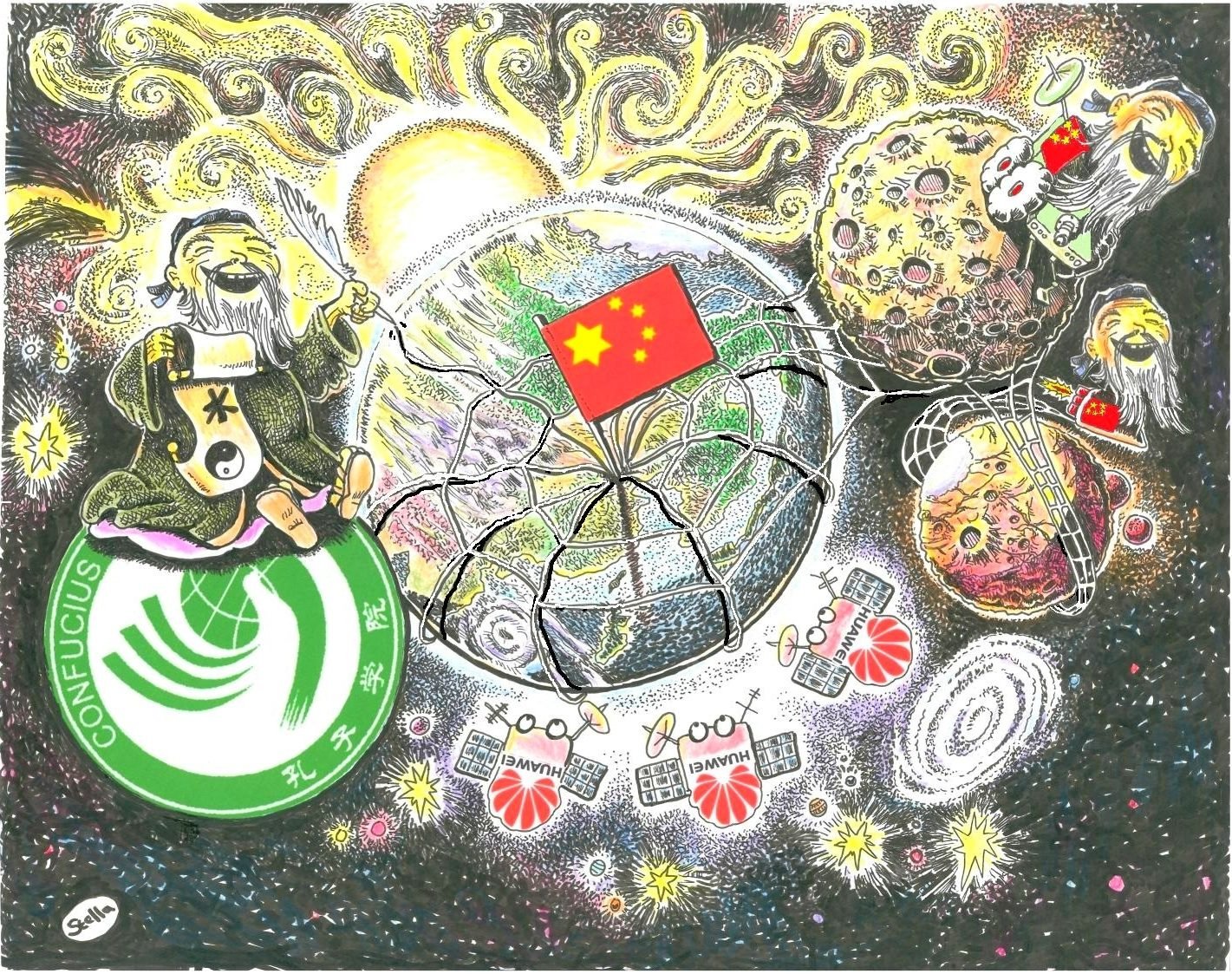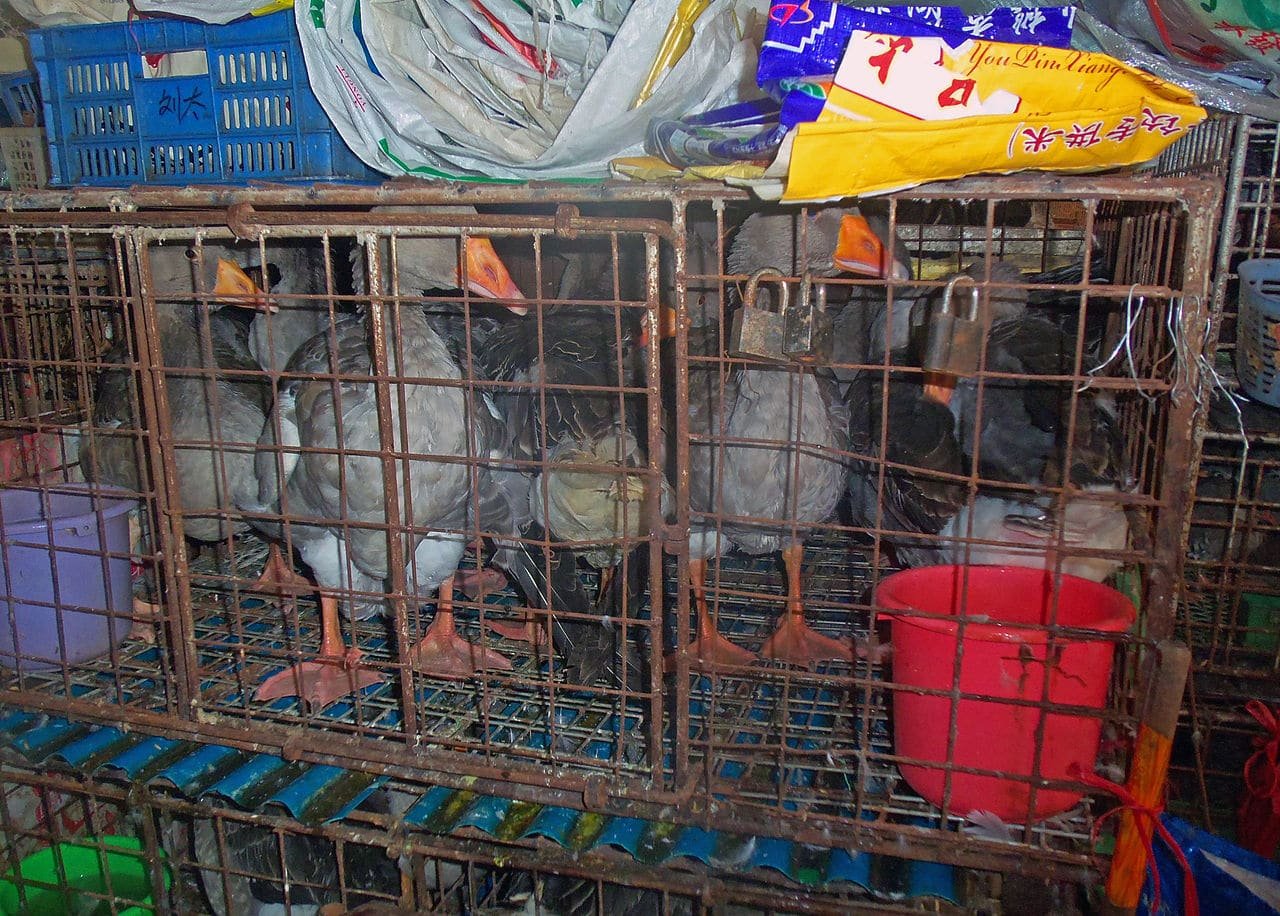The Chinese Government’s ‘One Belt, One Road’ initiative is an ambitious economic program with enormous implications for the global economic system.
The Chinese government’s ‘One Belt, One Road’ initiative (BRI), launched in 2013, is an economic and geopolitical project of an unprecedented scale in modern history. Currently spanning over 60 countries through Asia and Europe, and with an estimated cost of several trillion dollars US, it is by far the most significant sign of China’s increasing presence and confidence on the world stage to date.
One Belt One Road in Eurasia and beyond
The BRI has already made investments to the tune of hundreds of billions of dollars throughout Eurasia, and over the next decade economic investment is tipped to reach several trillions dollars. There are several economic reasons why China is investing in a multitude of countries within Eurasia, including countries which appear to be curious choices at first glance for investment. Firstly, from the Chinese perspective, increased investment in nearby Central and South Asian countries will improve geopolitical stability in China’s sphere of influence. Immediately to the west of China is Tibet, which China has long been in conflict with, as well as Pakistan somewhat further afield. Improving infrastructure in these nations can also serve to open up previously closed-off or underdeveloped markets for Chinese companies to invest in. Finally, through the loan deals Chinese investors set up with the recipient nations, China can influence future terms of trade more heavily in their favour.
Though initially focused on Eurasia, the BRI also has ambitions in other parts of the world, including Africa and Latin America. In Africa for instance, the country of Djibouti has received extensive investment from China. The reason for this is that Djibouti is strategically positioned on the eastern coast of Africa, and allows China a maritime route into Europe. This nation, which is still developing economically, is only too enthusiastic to receive loans from China to provide much-needed infrastructure and economic stimulus. The maritime or ‘Sea Belt’ is arguably even more important from a Chinese perspective than its land-based investments. The maritime belt also ties in with other strategic goals for China, such as its ongoing development in the South China Sea, an exercise in Chinese assertiveness over the region militarily as well as economically.

A less reported upon but emerging aspect of the BRI is the cultural, diplomatic and ‘soft power’ component of the BRI. In 2017, the initiative began to go global, making its first forays into Latin America. Following a decision by Panama to end diplomatic relations with Taiwan, whom the Chinese are hostile towards, a Chinese delegation visited Panama. During this visit, Wang Yi, the Chinese Foreign Minister indicated that Latin America, and Panama in particular, could be a part of the BRI in future. This focus on culture and diplomacy, as well as economic influence, has been termed a ‘smart power‘ strategy by some commentators. The BRI, having been established as a ‘brand’ by China, has been linked to all manner of projects and initiatives only tangentially or not at all related to economic investment.
Complications and pushback to BRI
A project of this magnitude, unsurprisingly, comes with a multitude of setbacks and complications. Within the Asian region in particular, many countires earmarked for Chinese investment as part of the BRI are in a weak shape economically. Eight countries, including Pakistan, Montenegro and Mongolia among others are at ‘significant risk’ of further debt distress, according to the Center for Global Development. These countries, who are reliant on Chinese loans for funding much-needed infrastructure projects, may well find themselves in a position where they cannot pay back their Chinese creditors. This situation has already arisen several times, with China foreclosing on a loan Sri Lanka used to build the Hambatota Port. The rights to the port were ceded to a Chinese company, who now have control over the port for 99 years. Other projects that had been agreed to have been cancelled or no longer financed through Chinese loans, to the tune of tens of billions of dollars. These include most notably a decision by Pakistan to fund a dam project worth $14 billion US through its domestic budget, rather than through BRI loans. The Pakistani government cited the ‘unacceptable’ conditions of the loans for this decision.
While many countries have welcomed Chinese investment via the BRI program, there is also a significant degree of scepticism about China’s ambitions. India in particular has been steadfast in its opposition to Chinese infrastructure projects in nearby Sri Lanka as well as neighbouring Pakistan and and other nations in Southeast Asia. Chinese maritime infrastructure projects in the Indian Ocean, including the aforementioned Hambatota Port as well as installations in Myanmar, Bangladesh and Pakistan has India concerned about encroachment on its sphere of influence. With a fast-growing economy and an enormous population of its own, India is concurrently seeking to expand its influence in the region, which has resulted in an increasingly tense relationship with China. An incident between Indian and Chinese military forces in Doklam, a disputed area between China and Bhutan in 2017 underscored this deterioration of relations.

The challenge posed by BRI
The BRI is set to significantly alter the global economy as well as further challenge the United States’ dominance over the global economy and trading system. The United States see the BRI as a challenge to their dominant position in the global economy. Admiral Harry Harris, speaking to the Senate Armed Services Committee, stated “The Belt and Road Initiative, which is not only about development […] as much as it is about malign influence throughout the region making China the security partner of choice and pushing the United States and our friends, allies, and partners out of the region.” Close allies of the United States in the region, including Australia and New Zealand, have also shown their reluctance to join the BRI. Senior Australian Government sources, according to an ABC report, felt there was little economic incentive for Australia to join the BRI. On the other hand, there was significant strategic risk in getting involved and becoming more dependent on China. New Zealand’s foreign minister Winston Peters has also indicated a possibility of exiting the initiative.
China’s rapid ascension as a global economic power, and the manner in which it has done so, presents a conundrum for nations around the world. There are clear economic opportunities which have arisen as a result of the BRI and the associated investment. However, the manner of the loans and investment China seeks to provide to nations also presents security and strategic concerns. Just how much investment should nations be willing to accept, and on what terms? Many nations included within the BRI are in little position to resist Chinese loans and investment, even on deeply unfavourable terms. China, unlike most Western nations, also lacks institutions that ensure transparency and accountability for projects and investment undertaken. The One Belt One Road initiative therefore poses a challenge to the present economic order, which must be accounted for, and quickly, given the rapid pace of investment.






Article Discussion